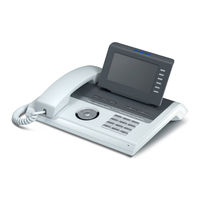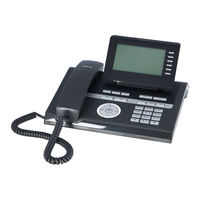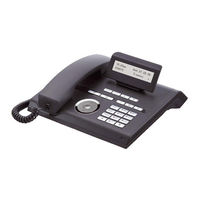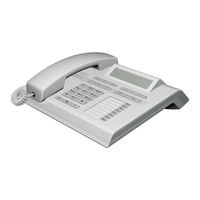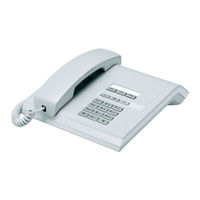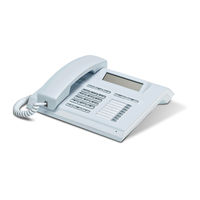Unify HiPath 3000 Manuals
Manuals and User Guides for Unify HiPath 3000. We have 8 Unify HiPath 3000 manuals available for free PDF download: Operating Instructions Manual, User Manual, Administration Manual, Quick Reference Card, Quick Start Manual
Advertisement
Advertisement
Advertisement
